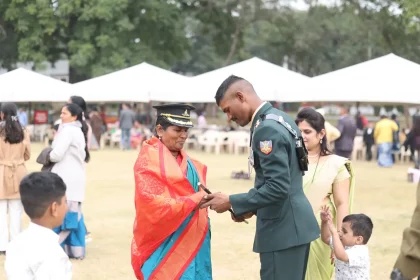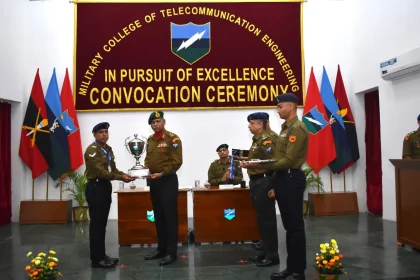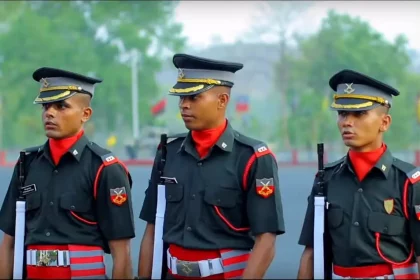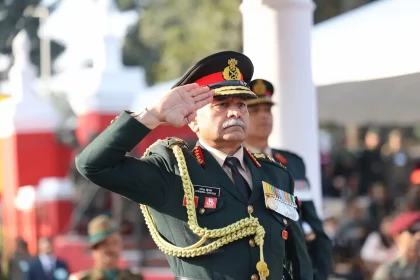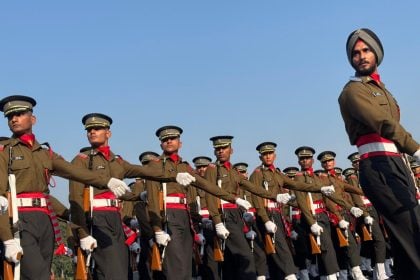10 Motivational Pictures from Indian Military Academy POP 13 December 2025
The IMA POP 13 December 2025 once again reaffirmed the Indian Military Academy’s role as the cradle of military leadership,…
NCOs of Corps of Signals Graduate with Diploma in IT & Telecom from MCTE Mhow
NCOs of the Corps of Signals, along with trainees from SSB and Nepal, graduated with a Diploma in IT &…
Indian Air Force Academy Passing Out Parade 13 December 2025
The IAF Combined Graduation Parade of the 216th Course was reviewed by CDS General Anil Chauhan, with 244 Flight Cadets…
TES 55 SSB Interview Dates Out
SSB Date Selection Link Active Till December 23; Interviews to Be Held at Four Selection Centres Across India.
General Upendra Dwivedi Reviews Passing Out Parade at IMA; 525 Officer Cadets Commissioned
Chief of the Army Staff General Upendra Dwivedi reviewed the Passing Out Parade at the Indian Military Academy, where 525…
Indian Military Academy Passing Out Parade 13 December 2025
This Passing Out Parade reinforces the Indian Army's commitment to producing capable leaders equipped to address contemporary challenges.

